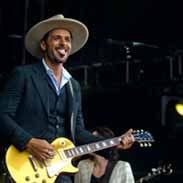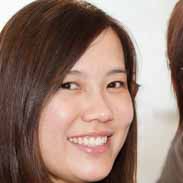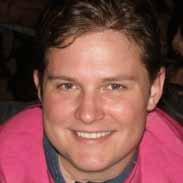Circuits Flashcards, test questions and answers
Discover flashcards, test exam answers, and assignments to help you learn more about Circuits and other subjects. Don’t miss the chance to use them for more effective college education. Use our database of questions and answers on Circuits and get quick solutions for your test.
What is Circuits?
A circuit is an electrical device that allows electricity to flow through it in a closed loop. Circuits are composed of components such as resistors, capacitors, transistors and integrated circuits, among others. They are the foundation of many electronic devices such as radios, televisions and computers.The most basic type of circuit consists of two terminals connected by a conducting path (wire). When electricity flows through this circuit it creates a current that passes from one terminal to the other. This current controls how much power is transmitted or consumed in the circuit. In order for the current to flow freely in a circuit, it must obey certain rules known as Ohm’s law. According to this law, current is directly proportional to voltage and inversely proportional to resistance within the circuit. As such, an increase in voltage will cause more current to flow while an increase in resistance will cause less current to flow.Circuits can be divided into two main categories: analog and digital circuits. Analog circuits use continuous values and voltage levels while digital circuits use discrete values and binary logic levels (1 and 0). Digital circuits are usually faster than analog circuits due their ability to process data more quickly using transistors which switch very rapidly between different states (on or off). In addition to these basic types of circuits there are also a variety of specialized types including oscillators which generate periodic signals; amplifiers which amplify voltages; logic gates which perform logical operations; flip-flops which store data; shift registers which transfer data from one place to another; multiplexers used for routing signals; timers used for timing events; converters used for changing one type of signal into another type; etc Overall, understanding how electric currents interact with different components is essential for designing any electronic device or system from simple gadgets up complex machines like robots or satellites.















